Courageous & tough little dog that loves to dig and prefers adults to children

Skye Terrier Spotlight
- Small, sturdy and laid back
- Endangered small breed
- High prey drive
- Shed a moderate amount
- Low in popularity
- Queen Victoria’s favorite companion
- Excellent watchdogs
- Can be destructive if not properly trained
History
The Skye Terrier is one of the most ancient breeds of small terriers that originated in Scotland. The breed’s name is derived from the Isle of Skye in western Scotland, which is where the purest dogs of the breed were found.
The first recorded description of the breed dates back to the 1500s when it appears the breed was already well known for its distinct shaggy coat, but the fact that several different breeds were simultaneously dubbed Skye Terriers at some point makes the true Skye Terrier’s history difficult to follow or confirm. They were originally bred to keep fox, otter and other pesky animals away from farms.
Queen Victoria was particularly fond of Skye Terriers, and it is much to her credit that the breed was so popular with members of the aristocracy. The elegant dogs were also considered to be a necessary accessory for prominent duchesses throughout the Victorian Period. The breed received American Kennel Club recognition in 1887 and was quite successful in the show ring, but its popularity in America was short-lived.
Skye Terriers currently rank as the 180th most popular dog breed on the AKC list. The breed has also become increasingly uncommon in the United Kingdom and is currently listed as endangered.
Personality & Temperament
The Skye Terrier is a happy-go-lucky breed with a strong sense of loyalty toward its family. They are brave and intelligent dogs but they are known for having a stubborn side. They can be shy and reserved toward strangers but are otherwise friendly and approachable if socialized at an early age.
It is important to treat Skye Terriers as part of the family, as they are quite social and require a lot of attention from their owners.They are considerably sensitive and don’t do well with being reprimanded. They can become irritable and aggressive if they feel that the punishment didn’t fit the crime, so try to avoid over-correcting them and handling them roughly.
Skye Terriers are more mellow than many most other terrier breeds and are therefore a great companion for less active families that aren’t constantly on the go. However, although less mellow than other terriers they still retain many terrier characteristics and are therefore not recommended as companions for young children.
They can become dominant and aggressive toward other dogs and are known to harass cats and other small animals, so single-pet homes are typically the best fit for a Skye Terrier unless they are excessively socialized around other animals at a young age. Remember that they were originally bred to chase after small animals and accept that this high prey drive is still present in the breed. Keeping a Skye Terrier secured on a leash or in an enclosed area is a recommended way to prevent it from chasing after small animals and potential harming them or himself.
Appearance & Grooming
Skye Terriers can come in a variety of colors and shading. The most common terrier coat colors include fawn, blue, gray and blonde. Their bodies are generally long, sturdy and low to the ground. In fact, their body length should be at least double their shoulder height.
The coat parts directly down the dog’s body length from head to tail with hair falling straight down on both the left and right sides. The hair on the head is rather long and can partially cover the dog’s eyes, which are dark, close together and medium in size. It is a breed requirement that the nose is always black. The feet are as furry as the rest of the body and should always point straight forward.
The Skye Terrier’s coat should be brushed a minimum of once per week to prevent matting and additional shedding. The long coat will also need to be trimmed regularly to prevent it from growing so long that it touches the ground. They should be bathed every 2-3 weeks to maintain a clean look and smell.
The teeth should be brushed as frequently as possible with 2-3 times per week being the minimum recommended number but daily brushing is ideal and will keep the dog’s teeth free of build up. The dog’s nails will need to be trimmed at least twice per month. Skye Terriers are no less susceptible to ear infections that any other breed, so their ears should be regularly examined and cleaned.
Health
- Patellar luxation or kneecap dislocation is common in many toy and miniature breeds and is sometimes observed in Skye Terriers due to their small size. The dog will only feel pain at the moment the dislocation occurs. Signs that a dog has a dislocated kneecap include lameness, sporadic skipping and irregular movement.
- Eye issues are often observed in Skye Terriers, and among the most common is lens luxation which can result in glaucoma.
- Orthopedic problems are not uncommon in Skye Terriers. Due to the length of their legs in proportion to the rest of their bodies, they can become injured easily if they are allowed to engage in physical activity that is too strenuous while they are still developing. For this reason, younger dogs (typically those two years of age or under) should not be allowed to run or jump excessively. The growth plates in their legs typically don’t close until they are at least two years of age, and this excessive activity can cause them to close prematurely.
Exercise & Care
Skye Terriers are considerably less active than most other terriers and therefore require less exercise. They are generally calmer than other terriers, but it is still important that they get regular exercise to prevent unhealthy weight gain or other health problems. Their energy levels are moderate, so long daily walks and regular indoor playtime will be sufficient in keeping them healthy and well-exercised.
Other than necessary time spent exercising outdoors, Skye Terriers thrive in comfortable, stable indoor environments and should never be raised to live or sleep outdoors. They like to think they are part of the family and they should be treated as such.
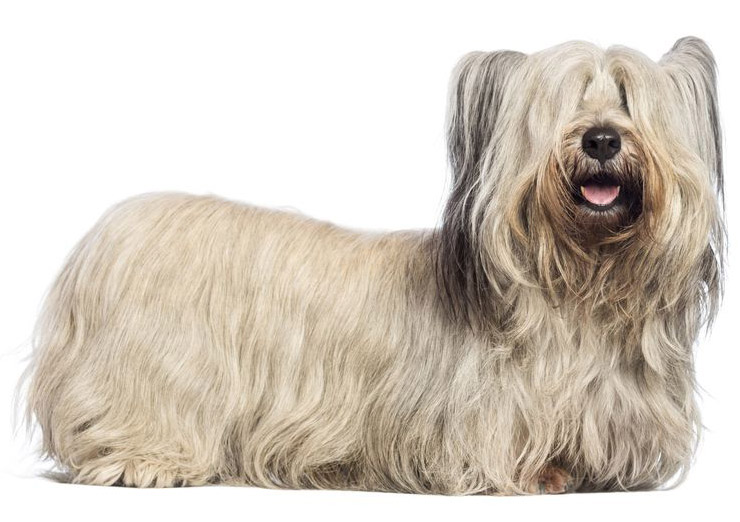
 Scotland
Scotland
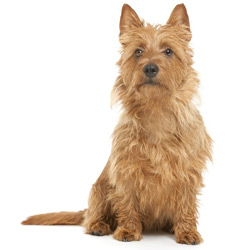
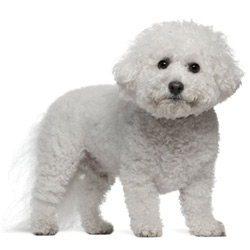
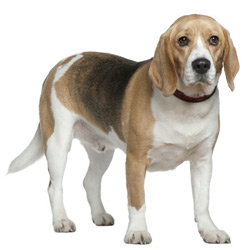
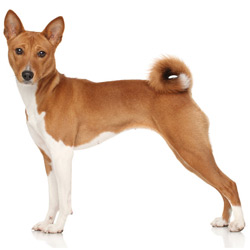
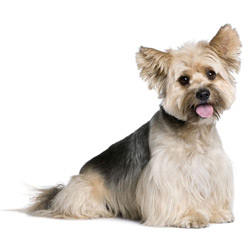
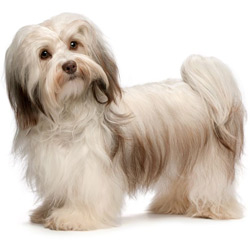
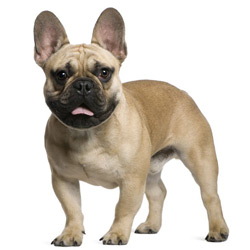
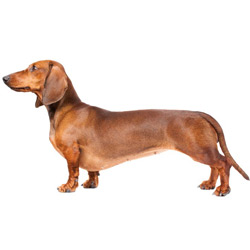
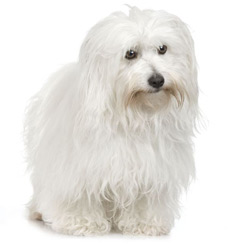
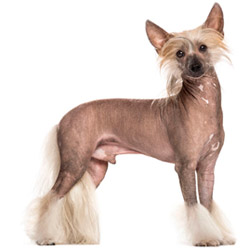
What do you think?